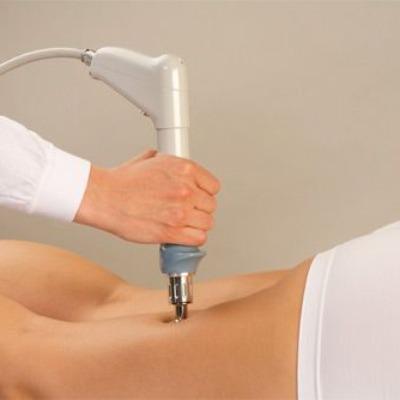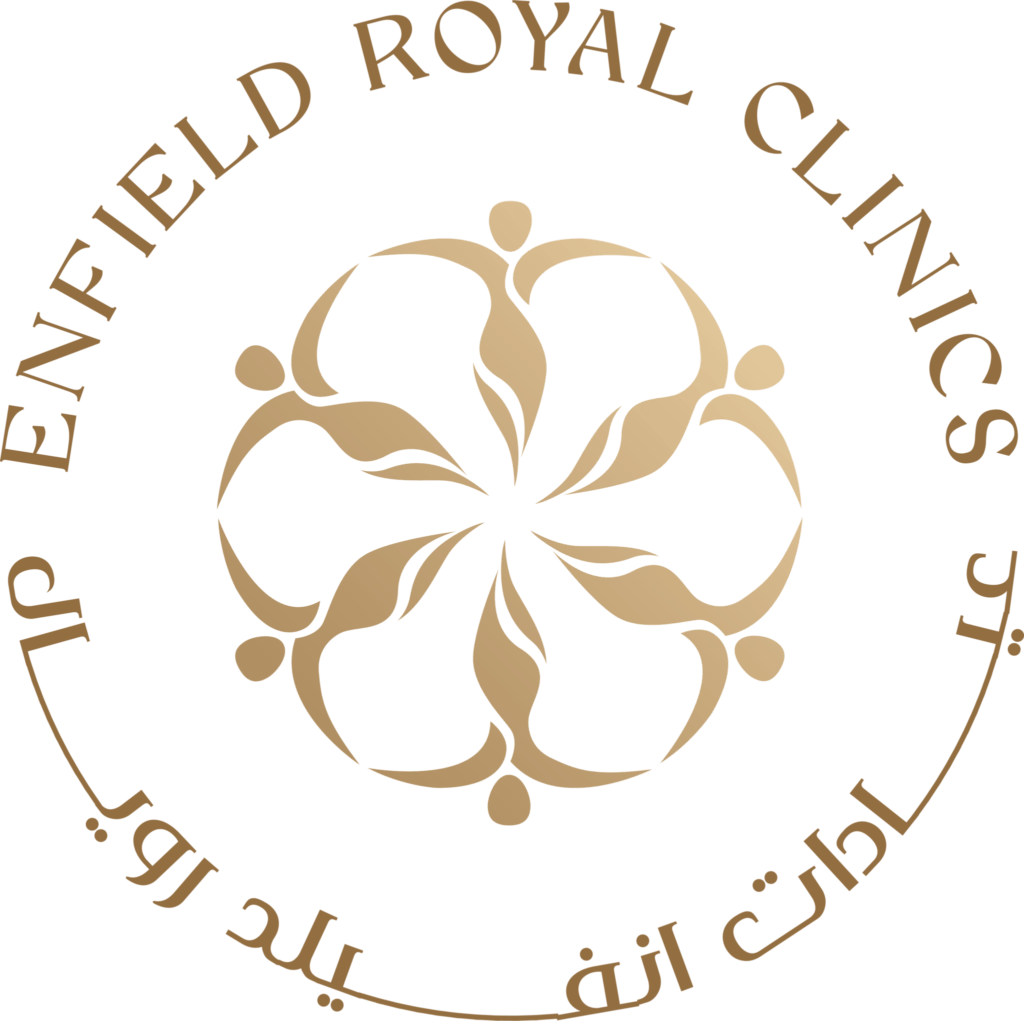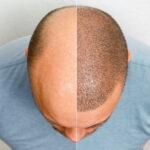
Calf reduction is a cosmetic procedure to reshape and slim the lower legs. Many people, especially women, feel self-conscious about bulky or muscular calves, regularly referred to as “cankles.” These can result from genetics, muscular tissues, or fat deposits that don’t respond to a weight loss diet or exercise.
Calf reduction creates an extra proportionate, narrow, and female leg contour. Depending on the person’s wishes, it may be performed using exceptional techniques, including muscle reduction, nerve blockading, or liposuction.
Is Calf Reduction Painful? Understanding the Reality
Pain is one of the most concerning issues for those considering calf reduction surgical treatment. While no surgical or cosmetic process is painless, advancements in medical technology and methods have significantly reduced discomfort.
During the procedure, patients are commonly under local anesthesia with sedation or general anesthesia, so they feel no pain for the duration of the surgical treatment. However, submit-method discomfort can occur in the shape of:
- Mild swelling
- Muscle discomfort
- Tightness within the lower legs
- Temporary difficulty on foot or standing
Most patients describe the pain as similar to muscle pain after exercising. Pain-relief medications prescribed by our physician help ease the pain.
According to Dr. Aqeela Safdar, who specializes in aesthetic body contouring, the soreness following calf reduction is moderate to moderate and commonly subsides within a week.
Types of Calf Reduction and Their Pain Levels
There are three standard methods of calf reduction, each varying in pain intensity and recovery time:
Calf Liposuction
This method involves removing fat from the calf area using small cannulas. It is least painful, minimally invasive, and has a short restoration duration.
Selective Nerve Blocking
In this technique, nerves controlling calf muscle tissue are briefly or permanently blocked to reduce muscle activity. Some soreness might also arise; however, the pain is usually minor.
Muscle Resection (Surgical Reduction)
This is a more invasive technique for removing part of the gastrocnemius muscle. It offers dramatic outcomes but may involve better pain relief and an extended restoration time.
What to Expect After Calf Reduction
Recovery after calf reduction relies upon the method used. However, most patients return to normal activities within 7–14 days. Here’s a preferred restoration timeline:
Day 1–3:
Mild swelling, discomfort, and tightness in the legs. Compression stockings may be advised.
Days 4–7:
Gradual mobility returns. Patients can start strolling short distances.
Weeks 2–3:
Most swelling subsides. Regular sports can resume with care.
Month 1+:
Visible outcomes begin to appear. Complete recuperation takes place over numerous months.
Pro Tips for Smoother Healing
- Keep legs extended
- Avoid strenuous exercise
- Wear compression clothes as advised
- Take all prescribed medications
Results: When Will You See Slimmer Calves?
Immediate changes are significant after surgical treatment, particularly with liposuction.
However, due to the initial swelling, the final results generally take 3 to 6 months to become visible. Patients report a slimmer, more contoured calf look that complements their body proportions and confidence.
Calf Reduction Cost in Islamabad
The cost of calf reduction in Islamabad usually ranges from PKR 150,000. This depends on the technique used and its complexity.
Factors That Affect the Cost
Several factors influence the value of calf reduction:
- Type of procedure (liposuction, nerve block, or muscle resection)
- Experience of the surgeon
- Facility and technology used
- Pre- and post-surgical care required
- Number of sessions or follow-up sessions wanted
Book Your Consultation For Beautiful Legs!
A consultation is the most crucial step before considering calf reduction. During your visit to Enfield Royal Clinic Islamabad, your calves can be helped, your dreams mentioned, and a suitable treatment plan might be recommended.
This is also the time to ask questions about expected results, downtime, risks, and whether you’re a good candidate for the procedure. Personalized consultations help set practical expectations and ensure a secure experience.







